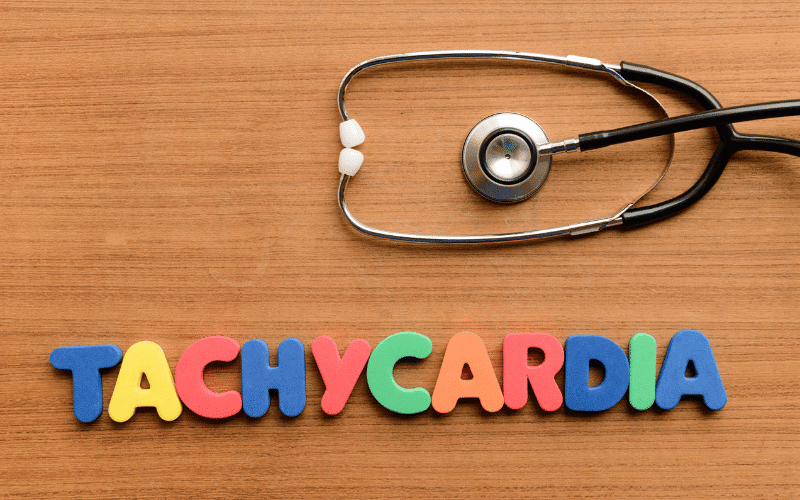Symptom 7: Increased Heart Rate (Tachycardia) – The Racing Heart Phenomenon

A racing heart, medically known as tachycardia, can be an alarming symptom of CDHF. This is not just the fluttering you feel when you’re excited or nervous; it’s a persistent state where your heart is constantly trying to compensate for its impaired function.
In CDHF, the heart’s inability to fill with enough blood leads to decreased output. To compensate for this, the heart may start beating faster, attempting to pump more blood to meet the body’s needs. This overcompensation can present as tachycardia, a heart racing faster than its normal pace.
Delving deeper, the heart has a natural rhythm set by a group of cells called the sinoatrial node. When the heart can’t fill with enough blood, it sends distress signals. The body responds by releasing adrenaline, a hormone that speeds up the heart rate. This survival response can lead to tachycardia, a sign of the heart’s struggle.
Tachycardia doesn’t just cause discomfort; it can impact daily life, triggering anxiety and fear of potential heart complications. Simple tasks like climbing stairs or walking can become daunting, causing fear of overexerting the already racing heart.(7)